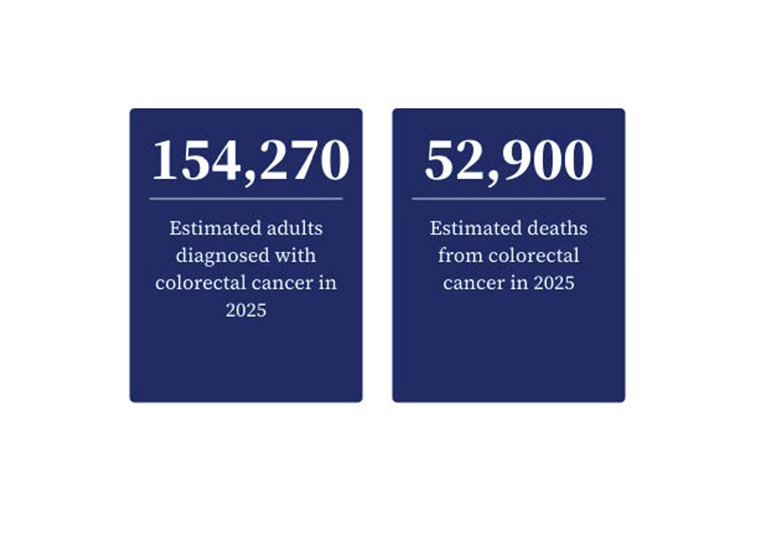Fixing the process and abandoning the mindset of ‘fixing the women’
In 2015, the consulting firm EY found that there were fewer female CEOs of large U.S. firms than there were CEOs named John. Or Robert. Or William. Or James. Since then, the numbers haven’t changed much. In 2021, the workplace advocacy organization Catalyst identified 30 women running S&P 500 firms, or 6% of the total.
Women graduate from college and enter many professional fields in greater numbers than men, but then don’t rise to the top. What’s wrong with women, some observers ask? What’s going on with organizations that they discourage women from getting promoted, others wonder?
In a paper published in Proceedings of the National Academy of Sciences, UCLA Anderson’s Joyce He and University of Toronto’s Sonia Kang and Nicola Lacetera examine how organizational design affects gender differences in the choice to compete.
Opt In to the Review Monthly Email Update.
Past research has established that women are less overconfident than men, have a “lower propensity to compete and take risk” and are less likely to promote themselves and brag about their accomplishments.
Those behaviors are, of course, admirable, but in the U.S. workplace it seems the opposites — overconfidence, risk taking and bragging — are in fact rewarded. Firms often require employees to put themselves forward for promotions. When women shy away from doing so, they are then less likely to get promoted.
Shifting the Default Promotion Process
The authors suggest this dynamic can be shifted by simply changing the default assumption: Instead of asking people to step forward and nominate themselves for a promotion, firms might consider everyone as candidates for promotion, unless they specifically opt out of consideration.
“Opt-out framing builds on the idea of a default bias by encouraging enrollment into a desired choice by changing the default to that of participation,” as the authors note. Opt-out interventions have been successful in boosting participation in retirement savings programs (workers are automatically enrolled) and in organ donation.
In order to test how opt-out affects gender differences in willingness to compete, the authors conducted a study, using 482 undergraduate students from a large Canadian university (55% women). Participants had to solve math problems, over four different stages, in exchange for money. The rewards were structured differently in each stage.
- In Stage 1, 50 cents per correctly solved problem (piece-rate compensation).
- In Stage 2, $2 per correct answer if the participant had the highest score out of a group of four competitors (a tournament-style competition), and no compensation otherwise.
- In Stage 3, participants could choose their compensation mode, either piece-rate or the higher risk, higher reward tournament option. The researchers randomly assigned participants to either an opt-in or an opt-out condition. In the opt-in condition, piece-rate compensation was the default, with the option to opt-in to the competitive tournament. In the opt-out condition, the competitive tournament was the default, with the option to opt out instead to the noncompetitive piece rate.
- In Stage 4, participants could re-submit their Stage 1 performance, either at the original piece-rate compensation level or in the tournament mode.
Performance of Women and Men Was Similar
In both Stages 1 and 2, women and men performed similarly. Stage 2 yielded higher average performance for both women and men, compared to Stage 1.
When it came to the choice of competition in Stage 3, out of those assigned to piece-rate compensation default, far fewer women than men chose to switch to, or opt-in to, the competitive tournament style (46.72% of women versus 72.48% men chose to switch). This was a staggering 25 percentage point gender gap in the absence of performance differences. However, when tournament competition was the default, a similar number of women and men participated in the competition: 75.38% of women versus 76.42% of men.
Given women’s average performance as indicated by their number of correct answers, more women than men would have been better off competing versus settling for piece-rate compensation, the authors conclude. “In the opt-out condition, a higher proportion of women than men who chose tournament-based compensation in Stage 3 made a payoff-maximizing choice as compared to what they would have gained from piece-rate compensation for the same number of correct answers.”
The authors also ran a similar field experiment, posing as an employer on Upwork, a site that matches those needing work performed with freelancers. They hired 477 freelancers (64% men) to complete data entry work. Notably, these freelancers were not aware that this was an experiment and behaved in the job as if they would for a real job on Upwork.
The field experiment was similar to the one using undergraduates except those choosing to compete — either by opting in or not opting out — were now competing to get promoted to an advanced task. They were told that only the top 25% of performers on a qualifying round would be selected to compete for the higher pay and the advanced job. Those choosing to compete but ranking below the cutoff got nothing and didn’t get to participate further. This further raised the stakes of competing, and tied it more closely to what promotions are like.
As before, fewer women than men opted in to the competition: 57.3% versus 72.5%. But among the group defaulted into competition, the gender gap was insignificant: 66.7% women versus 71.6% men.
Shifting to an opt-out default in competitive situations has the potential to help firms close the gender gap in high-level roles by re-designing the system to be more inclusive. This helps firms increase their talent pool and promote high-performing candidates because it “removes some of the bias inherent in current opt-in promotion systems, which favor those who are overconfident, less sensitive to signals of their own performance, and/or like to compete.”
“In the debate between whether to ‘fix the women’ or ‘fix the system,’ study provides some support to the latter approach,” the authors conclude.
Featured Faculty
-
Joyce C. He
Assistant Professor of Management and Organizations
About the Research
He, J., Kang, A., Lacetera, N. (2021). Opt-out choice framing attenuates gender differences in the decision to compete in the laboratory and in the field. Proceedings of the National Academy of Sciences, 118 (42) e2108337118. https://doi.org/10.1073/pnas.2108337118






